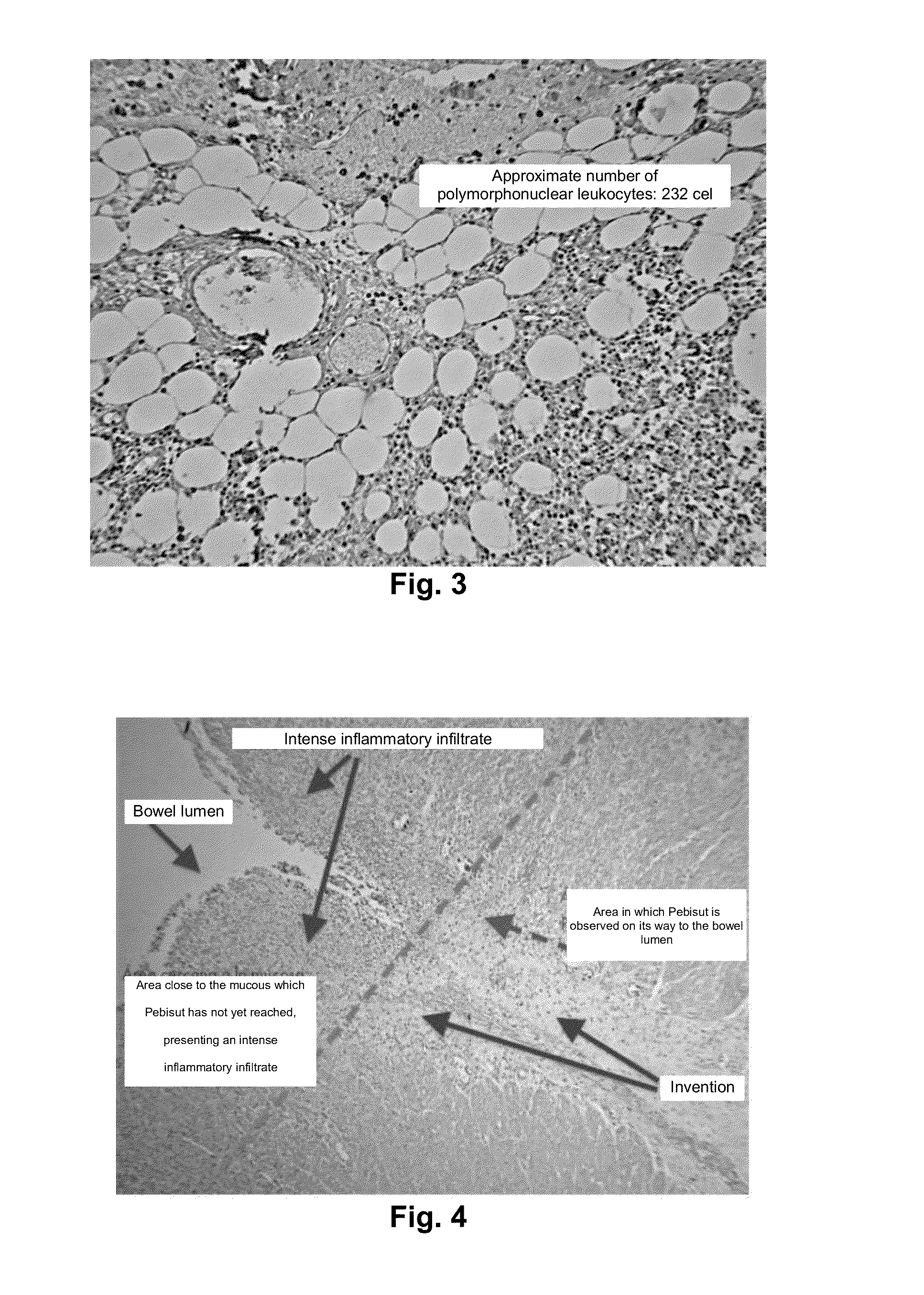Diabetic foot lesions (DF) of the lower extremities are a serious and common complication of
Diabetes Mellitus Type 2 (NIDDM), and are a health problem, with important socio-economic and health
impact, due to large use of material and human resources.
By decreasing or eliminating
sensation in the foot, any wound no matter how small produced by excessive
rubbing or increased
exposure to heat or cold usually do not manifest itself and the patient does not recognize them properly and without pain that is a defensive mechanism of the
organism, diabetics suffer injuries that present progress insidiously.
In addition the loss of
muscle control causes secondary
atrophy in muscles and tendons that favors the appearance of deformities and changes in the distribution of the support of feet during walking and predispose certain points of the foot to develop injuries and wounds which, if not treated in time can be very serious, resulting in
osteomyelitis in patients with DF, and once bone is infected, an
amputation has to be done and may prove even fatal.
Additionally a decrease in
arterial perfusion will not provide an adequate amount of medications prescribed to treat the infection in addition to their questionable
efficacy.
On the other hand and given the difficulties mentioned, local treatment of the wound is essential though unfortunately may not be effective.
. . and considering that have effects side,
toxicity, are expensive and some induce bacterial resistance, cannot be recommended for use.
Another example is the use of the of negative pressure systems (NPWT) that may had mild advantages over the conventional treatments, but that given their price and
accessibility cannot be recommended for widespread use.
Vascular ulcers of the lower limbs constitute an important
public health problem due to the negative
impact in socio-economic and health, for their use of large human and materials resources.
This situation produces
edema and ruptures with
extravasation of blood in turn producing dissecting hematomas in soft tissues, all which exerts a direct compressive mechanical action on the
skin causing chronic hypoxia, as well as an autolytic destructive process derived from a chronic inflammatory process that prevents healing and this originates the ulcers.
Other materials such as the alginates, the collagen dressings,
activated charcoal or silver, the foam polymers, hydrogel hydrocolloids, and polyurethanes that alone or combined with therapeutic schemes may favor venous circulation, keep the injured area aseptic and allow the formation of
granulation and epithelization tissue, but none of all the mentioned to date has shown satisfactory consistent results as informed by the American Venous Forum (2011) and the Society of
Vascular Surgery of the United States.
Due to the presence of
fibrin this
adhesive has the disadvantages that are described subsequently.
However a
disadvantage of this kind of adhesives is that is contraindicated for application in internal organs or in
vascular surgery due to their
toxicity and oncogenic effects that have been well demonstrated.
The
fibrin (and its derivatives) have been used in the formulation of biomedical adhesives in a limited manner and with variable results; experimentally and prospective human studies cannot be made for obvious reasons.
However, the use of fibrin has various disadvantages: there is the risk of
viral transmission like any other cryo-precipitate, processes of extraction blood are required, costs are high, special form of applicators and required and there a substantial risk of allergic reactions.
Other
disadvantage that have the fibrin-based adhesives is that the force of adhesion is relatively weak compared to the collagen-based adhesives and their cost is very elevated.
However this type of products and systems of adhesives available do not avoid the
health problems produced by the use of products derived of the
plasma or blood.
Nevertheless, the use of preparations of the analog
Fibrinogen component also has obvious limitations.
However, the International Application does not describes nor suggests that the
adhesive formulation possesses a powerful anti-inflammatory or bacteriostatic effect for external use that enhances and favors the healing process of Chronic ulcerative lesions such as
diabetic foot and venous varicose ulcers.
However, the international application does not describe not suggests that the biological thixotropic
adhesive possesses a powerful anti-inflammatory or bacteriostatic effect for external use that enhances and favors the process of healing in Chronic Ulcerative lesions such as
diabetic foot and varicose venous ulcers.
 Login to View More
Login to View More 









